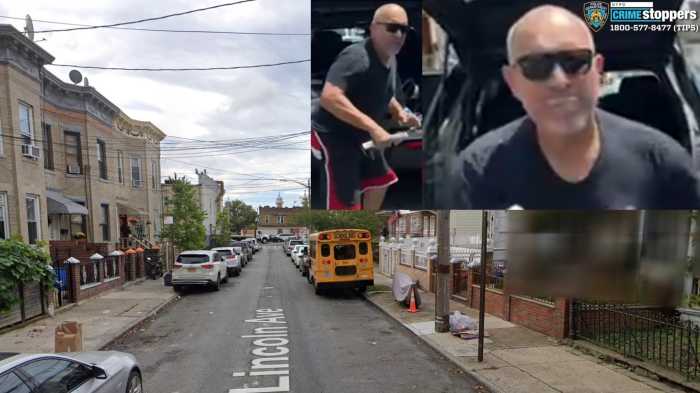
MTA chairman Joe Lhota unveiled the agency’s plan to “stabilize and modernize” the subway system on Tuesday, including a pilot program to remove some seats on L trains in order to add capacity.
“We’re here today because of the deterioration of quality of service and the performance of the New York City subway system,” Lhota said before presenting the MTA’s short-term, five-point plan to improve service.
The seat reduction pilot program in particular will run on the L train and the Shuttle. Removing seats from select cars will increase capacity by 25 riders per car, Lhota said. It remains unclear which shuttle would be part of the pilot or if all shuttles would be included.
“We want to understand the best way to…reconfigure our cars,” Lhota said, adding that other systems in U.S. cities are experimenting with the same idea.
The announcement came days ahead of the deadline Gov. Andrew M. Cuomo gave the MTA after declaring a state of emergency.
Lhota said there is “no doubt” that the subway system is failing its customers, and the agency’s plan has one main focus: the customer.
The MTA’s short-term plan includes five core components: track and signal maintenance, car reliability, subway safety and cleanliness, customer communication and critical management group.
The short-term phase of the plan will cost $836 million, $456 million for operations and $380 million in capital funding, according to Lhota. The long-term phase comes with an $8 billion price tag.
“Raising fares is not an option” to pay for this plan, Lhota added.
Here are the highlights from the MTA’s short-term plan:
– The plan will start immediately and customers should see improvements within the year.
– To offset overcrowding, cars will be added to trains on lines where platforms are long enough, like the C. Each additional car can hold about 145 more passengers.
– The MTA will launch the seat removal pilot program on some L trains and Shuttle trains, which Lhota said would add 25 riders per car.
– To reduce breakdowns, the MTA will move to a new “seamless track.” Only 50 percent of the system is currently using this type of track, Lhota said.
– A dedicated team will execute an expedited repair program that will fix 1,300 signals by the end of 2018 that were determined to be the most problematic.
– The MTA will launch an emergency Water Management Initiative. Special teams will seal leaks, clean 40,000 street grates and eliminate debris clogging drains.
– Crews will clean the entire underground portion of the subway system to remove debris, reducing fire hazards.
– Track repairs will be expedited using 31 specialized teams to target places with the highest incidents of issues.
– An “aggressive” pubilc awareness campaign will aim to educate riders on the consequences of littering, which can result in a fine as well as delaying trains.
The announcement follows a rash of service disruptions in recent months, including two derailments, power outages and a track fire.
Cuomo ordered Lhota to draft a “reorganization plan” for the agency within 30 days of when he declared a state of emergency on June 29, 2017, just two days after a derailment in Harlem that injured at least 39 people.
The MTA announced that it would release its plan a day after Mayor Bill de Blasio presented his own recommendations on Monday.



































